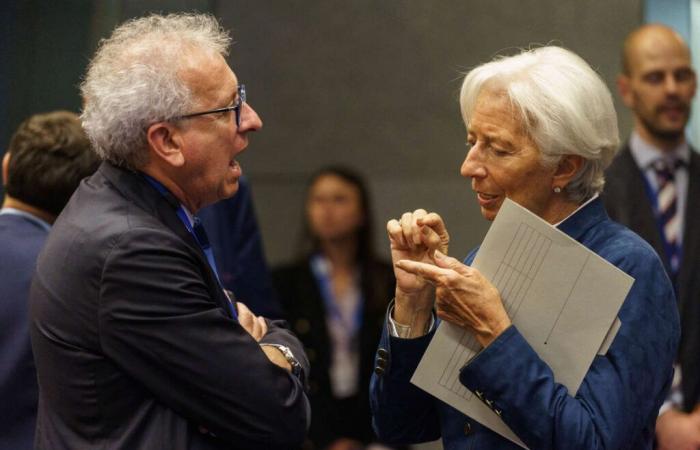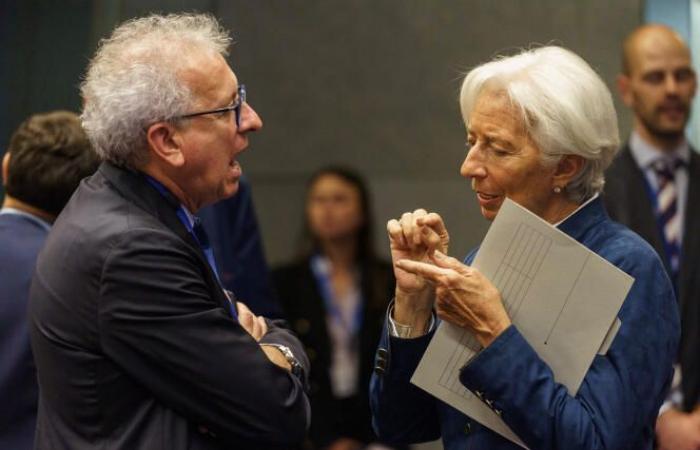This is a recent meeting between important American financiers and one of their contacts in Paris. “But then, what is happening in Europe? Why are you not doing anything for your growth?” They have decided not to put another cent on the Old Continent. They note, incredulous, the apparent impotence of the public authorities in the face of the economic stagnation of the Eurozone.
Read also | Article reserved for our subscribers Towards a drop in interest rates in the United States and in Europe
Add to your selections
European growth has fallen behind that of the United States since the 2008 financial crisis, but the gap has widened further after the Covid-19 pandemic. Since the fourth quarter of 2019, American growth has been 9.4%, more than double the 4% in the eurozone − and 3.8% in France. There are many explanatory factors: the energy shock was stronger in Europe because of the geographical proximity of the war in Ukraine; the United States is a net exporter of hydrocarbons; budgetary expenditure is lower in Europe, while the White House has granted enormous credits to try to reindustrialize the country… But another reason, increasingly often put forward, is the action of the European Central Bank.
The latter is meeting this week and could announce, on Thursday, September 12, a reduction in its interest rates, from 3.75% to 3.5%. This would be the second reduction, after an initial decline from 4% to 3.75% in June. But is it not too little and too late, when European growth is sluggish and seems to have slowed further in the third quarter?
Very different causes
“The ECB did not succeed in its coup, unlike the Fed [Réserve fédérale, la banque centrale américaine] »says Mabrouk Chetouane, the director of strategy for international markets at Natixis IM, an asset management company. He would like to see much more vigorous action from the monetary institution: “We need to move faster and stronger, by announcing a tunnel of rate cuts.” The same argument goes for Nicolas Goetzmann, head of economic research at Financière de la Cité, a management company. “The ECB made a mistake: to reduce inflation, it sought to slow down domestic demand, when that was not the problem.”
Also read the survey: Article reserved for our subscribers Journey to the heart of the ECB, control tower of the euro
Add to your selections
To understand these attacks on the Frankfurt institution, we must go back to the end of the pandemic, at the end of 2021. The great return of inflation took all central banks by surprise, without exception. In the United States as in Europe, the causes seemed the same: disruption of supply chains (shortages of microprocessors, raw materials, overwhelmed maritime transport, etc.) and a surge in the price of gas when Vladimir Putin cut off supplies to Europe. The figures were indeed similar: in the eurozone, the inflation peak was 10.6% in October 2022; in the United States, it was 9.1% in July 2022. Since then, both curves have been falling, and inflation has returned to 2.2% and 2.9% respectively.
You have 55.42% of this article left to read. The rest is reserved for subscribers.







